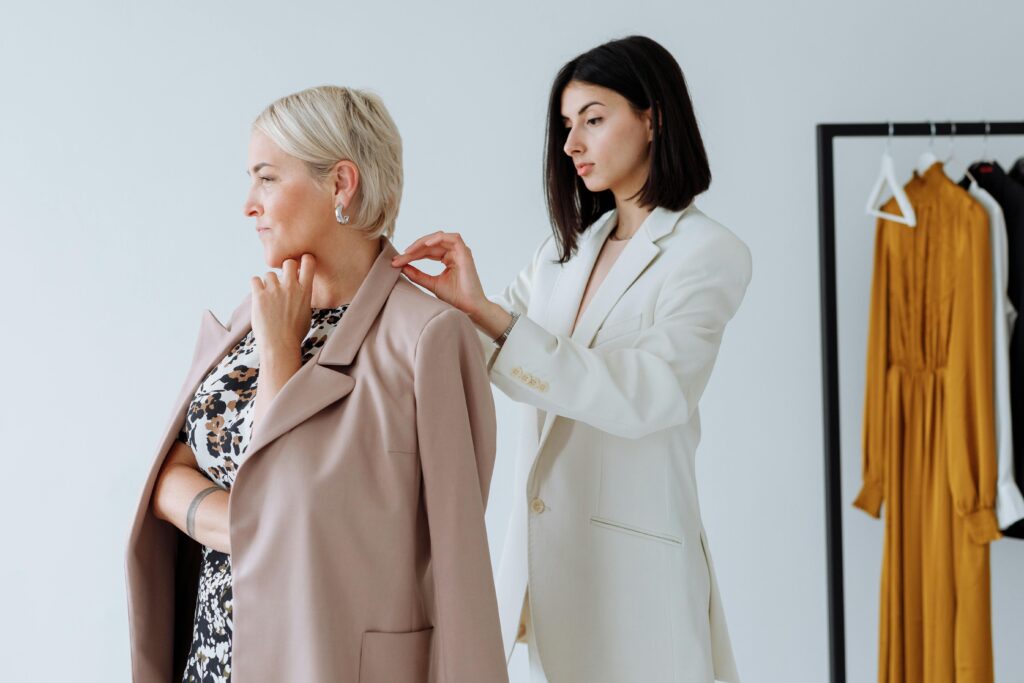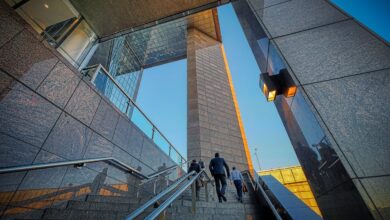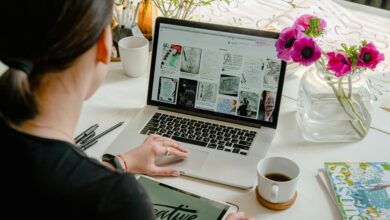How to Dress for a Job Interview – Essential Style Tips

Table of Contents
Navigating a job interview can be one of the most nerve-wracking experiences in your career. While your qualifications and experience are crucial, what you wear to this pivotal meeting often makes the first impression that could tip the balance in your favor. So, what to Dressto a job interview? This guide will help you understand how to dress appropriately based on the position, the company culture, and key strategies to ensure your attire enhances your overall presentation.
Understanding Company Culture

When preparing for an interview, one of the first considerations should be the company’s culture. Dress codes can vary widely between industries, and even different companies within the same sector. Here are some common workplace environments and suggested attire:
Corporate Environment
In a corporate setting, especially in sectors like finance, law, or consulting, a professional appearance is essential.
- Men: A tailored suit in neutral tones (navy, gray, or black), a button-up shirt, a conservative tie, and polished dress shoes.
- Women: A formal business suit, either pants or skirt, paired with a professional blouse. Closed-toe heels are a safe choice.
Casual Workplaces
In startups or tech companies, the dress code may be more casual. However, it’s still important to look polished without appearing too relaxed.
- Men: Smart casual attire such as dress trousers or chinos paired with a button-up shirt. A blazer can elevate the look without being over the top.
- Women: Business casual outfits like tailored trousers or a chic dress paired with flats or modest heels.
Creative Industries
In creative fields like advertising, fashion, or media, personal expression through clothing may be more accepted.
- Men: A trendy blazer with fashionable jeans and a stylish shirt can create a polished yet creative vibe.
- Women: A unique dress or a mix of smart and casual pieces that reflect your personality, paired with fashionable shoes, can be appropriate.
Universal Guidelines for Interview Attire

Regardless of the industry, there are a few universal guidelines that can help ensure you’re dressed appropriately for a job interview:
Fit is Key
Regardless of how much you spend, clothing that fits well will always look better than expensive, poorly fitted outfits. Tailoring can make even the most basic attire look sharp and professional.
Opt for Neutral Colors
Neutral colors like navy, black, gray, and white work well across most industries and settings. They convey professionalism and allow you to stand out based on other factors rather than loud colors.
Quality Over Quantity
Invest in a few high-quality pieces rather than multiple low-cost items. Well-made clothing tends to fit better and last longer, providing you with reliable options for any interview.
Pay Attention to Grooming
While this guide focuses on clothing, grooming is equally important. Neat hair, clean nails, and minimal cologne or perfume create an overall polished image that complements your outfit.
Specific Dress Tips for Different Situations

For Video Interviews
In today’s digital age, video interviews are more common than ever.
- Dress as You Would for an In-Person Interview: While it may be tempting to dress only from the waist up, dressing fully is crucial. It helps you get into the mindset for a professional setting.
- Consider Your Background: Ensure your backdrop is clean and distraction-free. This gives a professional touch and keeps focus on you.
In-Person Interviews
Arriving in person adds another layer of complexity to dressing for an interview.
- Layer Appropriately: Depending on the season, dress in layers that can be adjusted. You want to ensure you’re comfortable in different environments.
- Choose Statement Accessories Wisely: Minimal, tasteful accessories can enhance your appearance without overwhelming it.
Common Interview Attire Mistakes to Avoid
Overdressing or Underdressing: Getting the balance right between formality and informality is crucial. Always lean towards overdressing rather than underdressing.
Too Much or Too Little Jewelry: Simplicity is often the best choice. A watch or subtle earrings is usually enough.
Ignoring the Weather: Dressing appropriately for the weather not only keeps you comfortable but shows your awareness and consideration for your surroundings.
Poorly Maintained Clothing: Wrinkles, stains, or tears can instantly undermine your professionalism. Ensure your outfit is clean and pressed.
Final Thoughts on Interview Attire

Your outfit is a vital component of your overall presentation in a job interview. By adhering to industry standards and emphasizing fit and quality, you can ensure that your attire supports your confidence and professionalism. Remember, a well-chosen outfit allows your qualifications and personality to take center stage instead of creating distractions.
As you prepare for your next interview, ask yourself: Does my outfit align with the company culture? Is it polished, professional, and appropriate for the position?
Now that you’re equipped with this knowledge, start planning your interview outfit today. Tailor your choices based on the role and company, and put your best foot forward. If you have any questions or want to share your own tips on what to wear to a job interview, feel free to leave a comment below!



